Landscape Design & Build Guide: Your Landscape Design Process
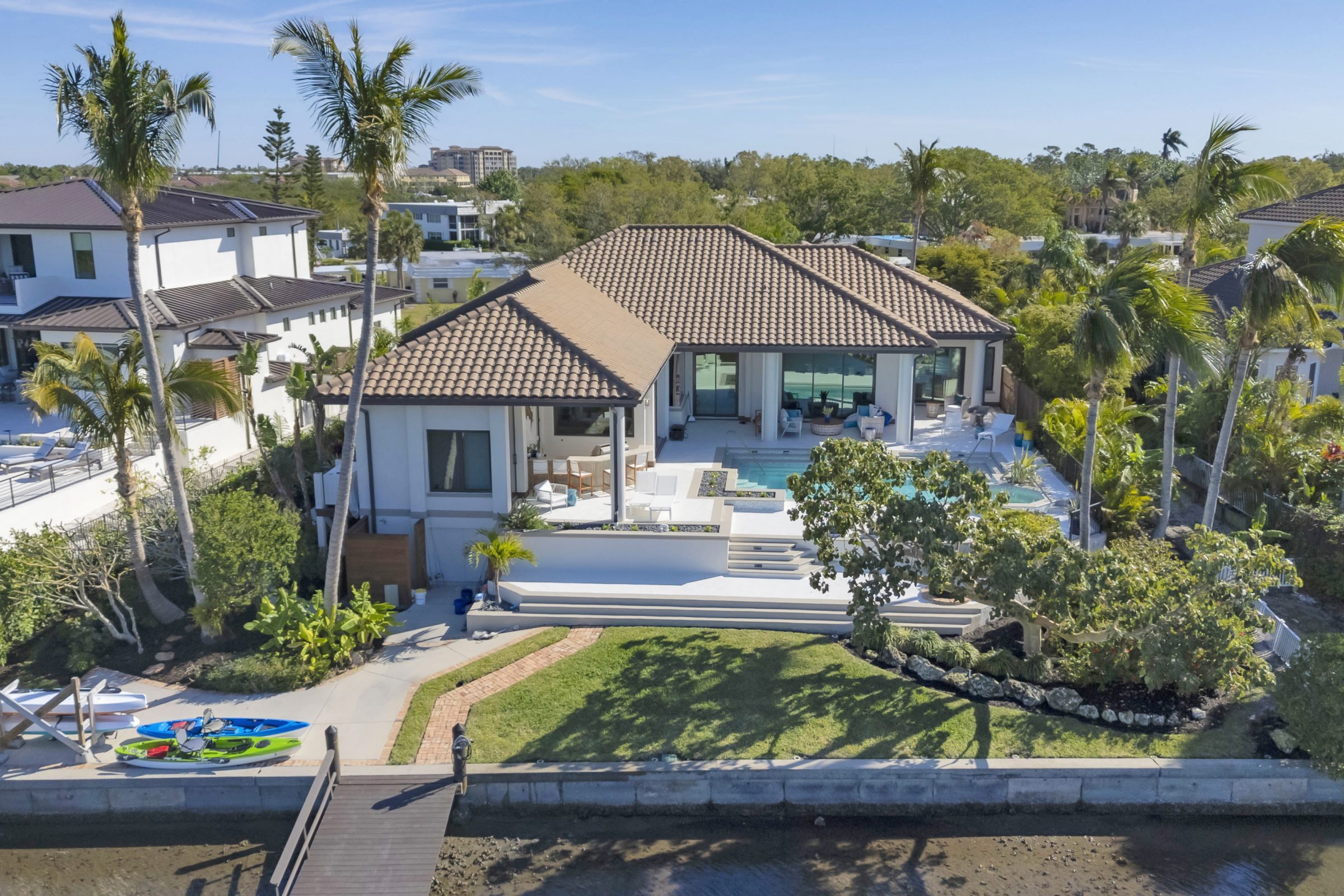
Are you ready to create an outdoor space that reflects your vision while staying within budget and timeline? Many homeowners and property managers start landscape projects with enthusiasm, only to find themselves overwhelmed by complex decisions, unexpected delays, and communication breakdowns with contractors. The excitement of envisioning your ideal landscape quickly turns into frustration when you’re left guessing about progress, dealing with scope changes, or watching deadlines slip away.
Your property deserves better than amateur guesswork and broken promises. You need a clear roadmap that guides you through every step of the landscape design process, from initial concept to final maintenance plan. The right approach combines professional expertise with transparent communication, ensuring your project stays on track and delivers results that exceed expectations.
This comprehensive guide reveals the proven landscape design process used by successful landscape professionals. You’ll discover how proper planning, phased construction, and ongoing maintenance create outdoor spaces that function beautifully for years. Whether you’re managing a high-end residential estate, commercial campus, or hospitality property, these insights will help you navigate your project with confidence.
What Is the Landscape Design Process?
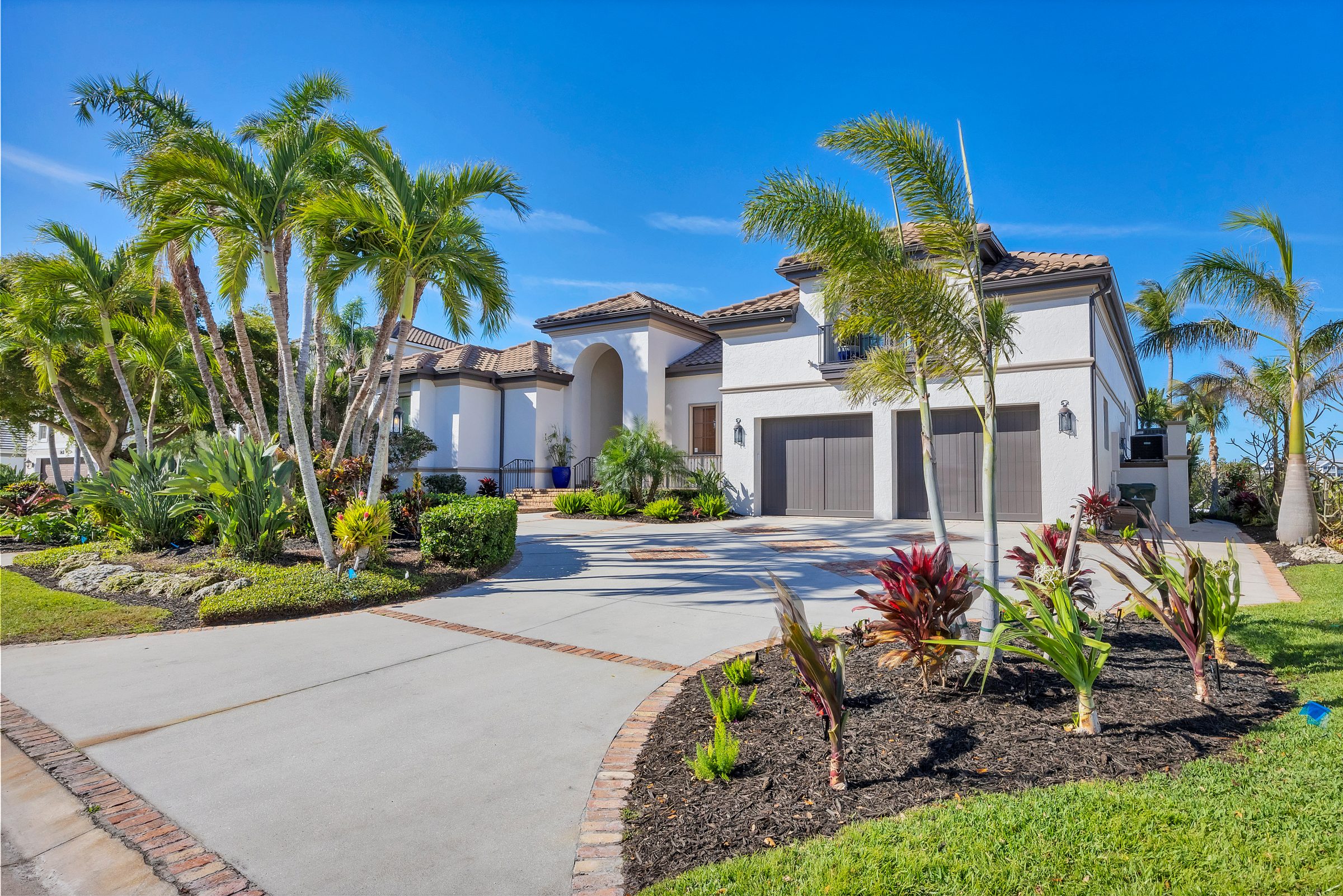
The landscape design process is your roadmap from concept to completion. It’s a systematic approach that transforms your outdoor vision into a functional, beautiful reality while managing budget, timeline, and quality expectations. This process ensures every element works together harmoniously, from drainage and utilities to plants and lighting.
Your landscape design process begins with understanding your unique needs, site conditions, and aesthetic preferences. Professional designers evaluate your property’s natural features, existing infrastructure, and intended use to create a customized plan. This foundational work prevents costly mistakes and ensures your investment delivers lasting value.
Core Elements of the Design Process:
- Initial Consultation – Understanding your vision, budget, and timeline requirements
- Site Analysis – Evaluating existing conditions, utilities, and environmental factors
- Design Development – Creating detailed plans through collaborative revision cycles
- Material Selection – Choosing appropriate plants, hardscape, and system components
- Project Documentation – Finalizing specifications, timelines, and quality standards
The process follows a logical sequence that builds upon each previous step. Initial consultation leads to site analysis, which informs design development. Once you approve the design, construction phases proceed in coordinated stages. Throughout this journey, clear communication keeps you informed and involved in key decisions.
Quality landscape design process includes detailed documentation at every stage. You receive plans, specifications, and timelines that outline exactly what to expect. This transparency allows you to make informed decisions and holds your contractor accountable for delivering promised results.
How Do Landscape Design Steps Shape Your Scope, Style, & Budget?

Landscape design steps create the framework for your entire project, directly influencing final costs, aesthetic outcomes, and construction timeline. The sequence of these steps determines how efficiently your project moves from concept to completion while staying within established parameters.
Your initial consultation sets the foundation for all subsequent landscape design steps. During this meeting, you articulate your vision, discuss functional requirements, and establish budget ranges. This conversation shapes the designer’s approach and ensures proposed solutions align with your expectations and financial constraints.
Key Consultation Topics
Vision and Lifestyle Needs: Understanding how you intend to use your outdoor space drives design decisions. Entertaining areas require different considerations than private retreat spaces. Family needs differ from commercial property requirements.
Budget Parameters: Establishing realistic budget ranges allows designers to propose appropriate solutions. Early budget discussions prevent expensive redesigns and ensure materials and features match financial expectations.
Timeline Expectations: Project scheduling affects design complexity, material availability, and construction sequencing. Flexible timelines allow for optimal construction conditions and better contractor availability.
Site analysis follows consultation and dramatically impacts your project scope. Soil conditions, drainage patterns, existing utilities, and grade changes influence design possibilities and construction requirements. Thorough analysis reveals opportunities and constraints that affect both design choices and budget allocations.
Design development translates your vision into detailed plans through multiple iterations. You review preliminary concepts, provide feedback, and refine details until the design meets your approval. This collaborative process typically requires two to three weeks for revisions, ensuring the final design reflects your preferences while addressing site realities.
Budget Planning Considerations
- Material selections significantly impact final costs
- Complex grading and drainage work increases construction expenses
- Premium plant materials and mature specimens command higher prices
- System complexity affects installation and long-term maintenance costs
- Seasonal timing influences both material costs and labor availability
Budget planning occurs throughout these landscape design steps, with costs refined as design details emerge. Initial estimates become more precise as material selections, plant choices, and construction methods are finalized. This iterative approach prevents budget surprises and helps you make informed trade-offs between features and costs.
Why Is Site Analysis Critical for Your Project Success?
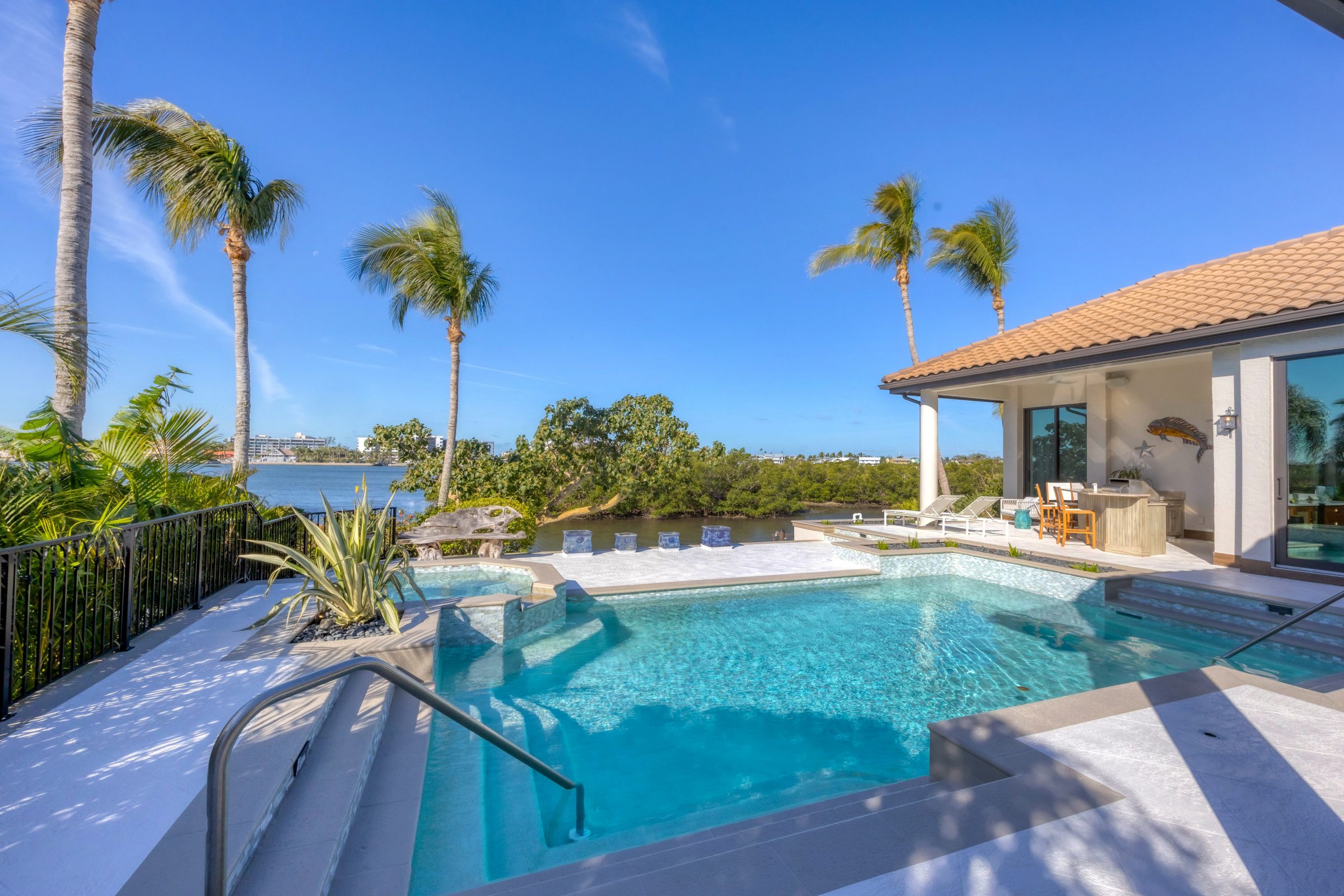
Site analysis forms the technical foundation of successful landscape projects by revealing the hidden conditions that determine design possibilities and construction approaches. Without proper site evaluation, even beautiful designs can fail due to drainage problems, soil limitations, or utility conflicts.
Your property’s grading and drainage patterns directly influence design options and construction costs. Water must move away from structures and toward appropriate collection points. Proper analysis identifies natural drainage flows and determines where modifications are needed to prevent erosion and standing water issues.
Essential Site Analysis Components
Topographical Evaluation: Understanding existing grades, slopes, and elevation changes helps designers plan proper drainage, accessibility, and construction access. Steep slopes may require retaining walls or terracing, while flat areas might need enhanced drainage solutions.
Soil Assessment: Different soil types drain at varying rates, support different plant communities, and require specific preparation techniques. Professional analysis includes pH testing, drainage evaluation, and soil composition assessment to guide appropriate design choices.
Utility Location and Mapping: Existing utilities present both opportunities and constraints for your landscape design. Underground cables, water lines, and sewer systems must be located and protected during construction. Overhead power lines affect tree placement and lighting options.
Environmental Factors: Sun exposure patterns, prevailing wind directions, and microclimatic conditions influence plant selection and placement. Areas with challenging exposure may require specialized plant choices or protective measures.
For properties in hurricane-prone areas, erosion control becomes a critical design consideration. Your site analysis should evaluate vulnerable slopes, identify areas needing stabilization, and incorporate protective measures into the overall design. Professional designers work with specialized suppliers to source appropriate materials for challenging conditions.
Critical Site Factors:
- Drainage patterns – Natural water flow and collection points
- Soil composition – Clay, sand, loam content and drainage characteristics
- Existing vegetation – Mature trees and established plant communities
- Access routes – Construction and maintenance equipment access
- Microclimates – Areas of varying sun, shade, and wind exposure
- Utility corridors – Underground and overhead infrastructure locations
Thorough utility mapping prevents costly damage and ensures compliance with local codes. Professional site analysis identifies these constraints early in the landscape design process, allowing designers to work around limitations and capitalize on existing site advantages.
What’s the Difference Between Hardscape & Softscape Design?
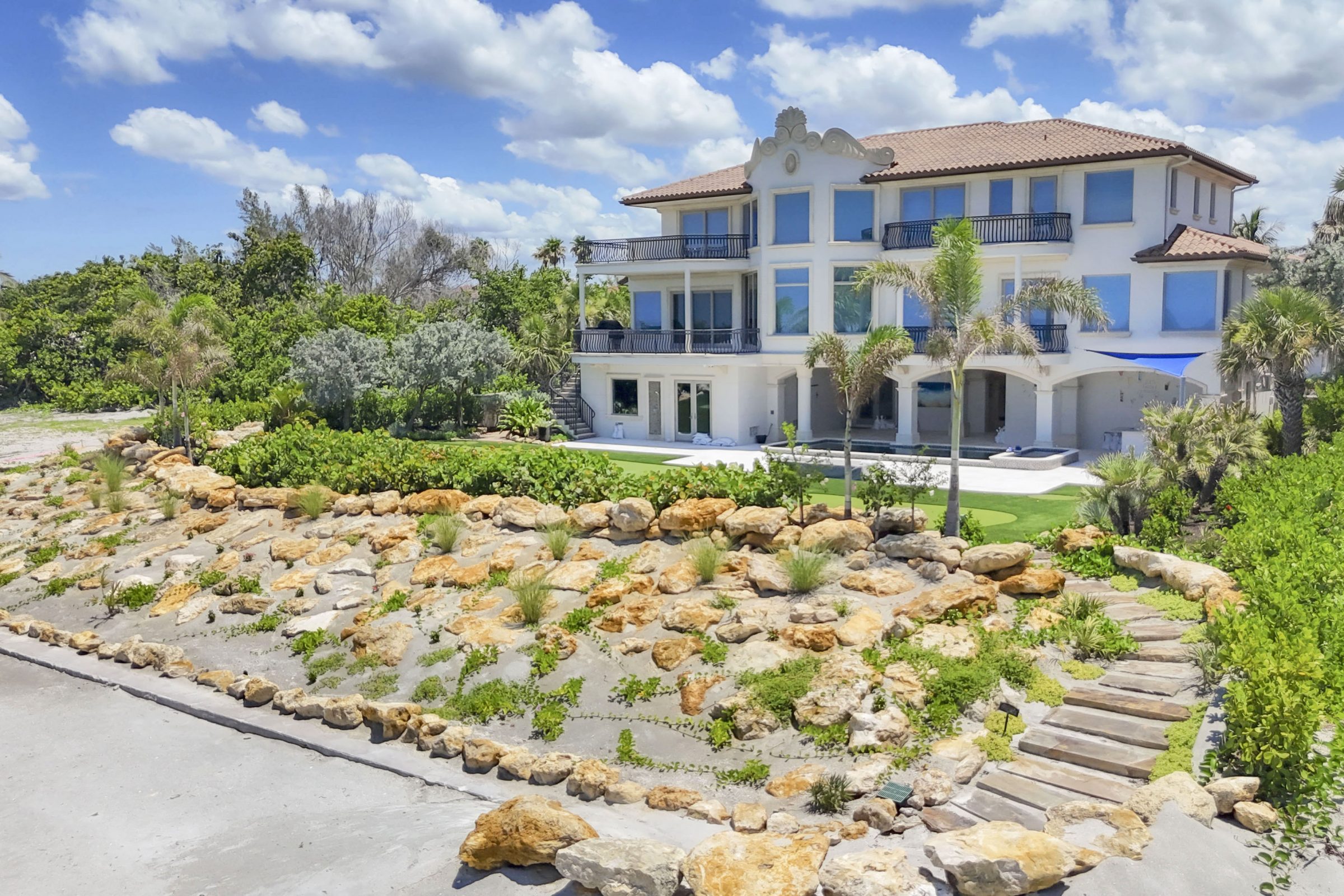
Hardscape and softscape design represent the two fundamental elements that create balanced, functional outdoor spaces. Understanding their relationship helps you make informed decisions about material selections, maintenance requirements, and long-term performance expectations.
Hardscape elements provide the structural foundation of your landscape design. These permanent features include patios, walkways, retaining walls, water features, and outdoor kitchens. Hardscape creates the framework that defines spaces, manages grade changes, and provides functional surfaces for outdoor living.
Popular Hardscape Elements & Their Benefits
Patios and Entertainment Areas: Create defined spaces for outdoor dining, relaxation, and entertaining. Material choices range from natural stone for timeless appeal, such as coral-based oolite blocks unique to Florida, to contemporary concrete for modern aesthetics.
Walkways and Pathways: Connect different landscape areas while providing safe, attractive circulation routes. Proper design considers accessibility, drainage, and integration with surrounding plantings.
Retaining Walls and Terracing: Manage grade changes while creating usable space on sloped properties. These structures require proper engineering for long-term stability and drainage management.
Water Features: Add focal points, sound masking, and cooling effects to outdoor spaces. Options range from simple fountains to elaborate pond systems with waterfalls and aquatic plantings.
Softscape design encompasses all living elements in your landscape, including trees, shrubs, perennials, and lawn areas. These elements provide color, texture, seasonal interest, and environmental benefits like shade and air purification. Softscape requires ongoing maintenance but offers flexibility for seasonal changes and long-term evolution.
Softscape Categories:
- Trees – Provide shade, structure, and seasonal interest while increasing property value
- Shrubs – Create privacy, define spaces, and offer year-round structure with seasonal blooms
- Perennials – Deliver changing color and texture throughout growing seasons
- Ground covers – Suppress weeds while providing low-maintenance coverage
- Lawn areas – Create open spaces for recreation and visual relief
- Seasonal annuals – Add intensive color and flexibility for changing displays
The relationship between hardscape and softscape design determines your landscape’s overall success. Hardscape provides permanent structure while softscape adds life and softness. Professional designers balance these elements to create spaces that feel neither too rigid nor too informal.
Your climate and intended use patterns should guide the hardscape and softscape balance. High-traffic areas benefit from durable hardscape surfaces, while private retreat spaces can emphasize lush softscape plantings. Maintenance preferences also influence this balance, as hardscape requires less ongoing care than intensive plantings.
How Do Landscape Construction Phases Progress From Start to Finish?
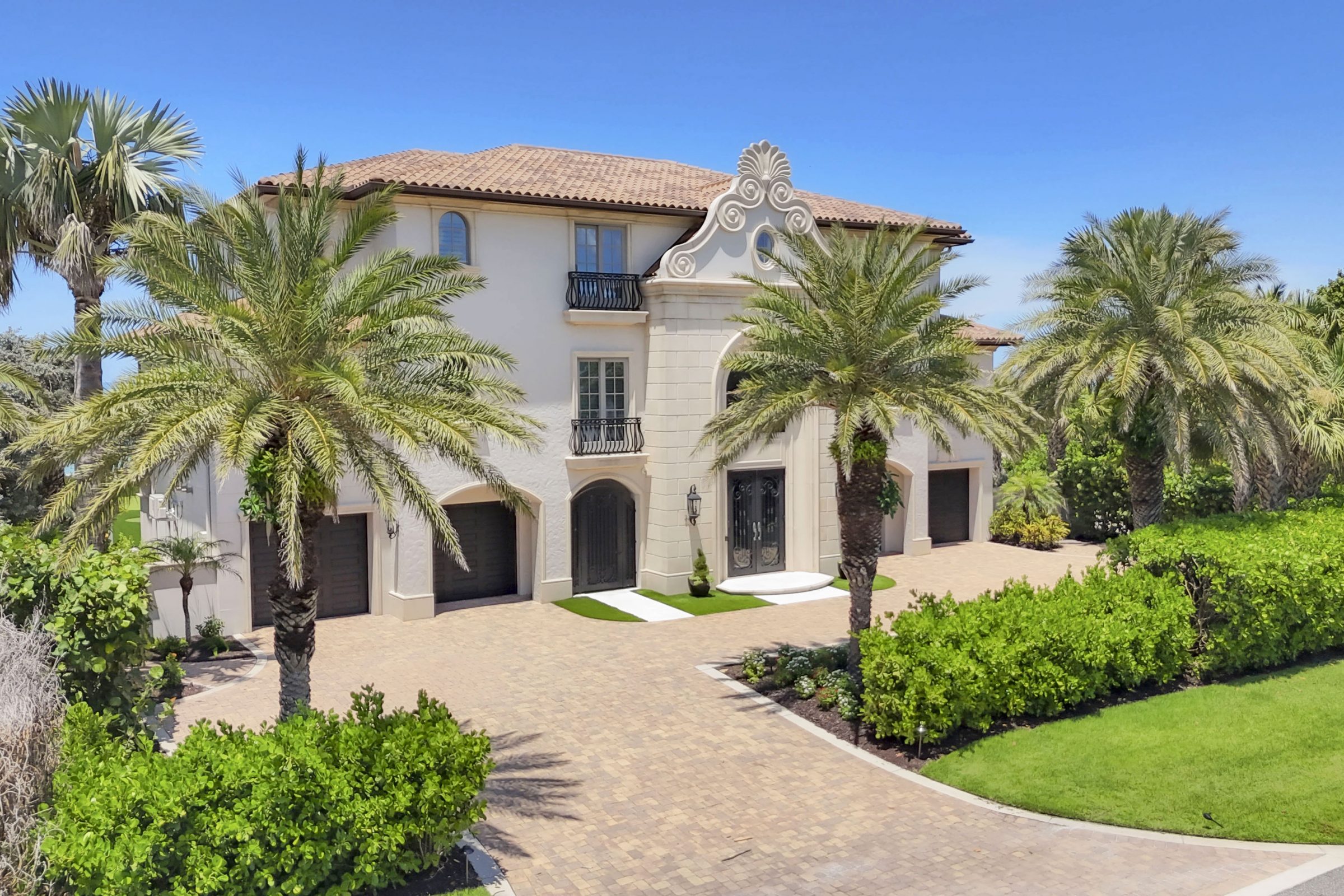
Landscape construction phases follow a logical sequence that builds your project systematically from foundation to finishing touches. While this is the process in most cases, every project is unique, and the order of steps may vary to best suit specific site conditions and design goals. Understanding these phases helps you prepare for each stage and recognize quality workmanship as your project progresses.
Phase 1: Layout & Base Work
Survey stakes mark exact locations, excavation removes unsuitable materials, and proper base preparation ensures long-term stability. This phase sets the stage for all subsequent work.
Critical Foundation Elements:
- Accurate layout and marking of all hardscape locations
- Proper excavation depths for stable, long-lasting installations
- Base material selection and compaction for structural integrity
- Utility installation and protection during construction activities
During the base work phase, utilities are installed or relocated as needed. Irrigation lines, electrical conduits, and drainage systems go in place before hardscape construction begins. This sequencing prevents damage to installed systems and ensures proper integration of all project components.
Phase 2: Hardscape Installation
Hardscape installation follows base preparation, with structural elements built according to approved plans. Retaining walls, patios, walkways, and other permanent features take shape during this phase. Quality contractors maintain proper drainage slopes, use appropriate materials, and follow industry best practices for long-lasting results.
Quality Indicators During Hardscape Installation:
- Consistent joint spacing and alignment in paved surfaces
- Proper drainage slopes that direct water away from structures
- Clean, professional edges and transitions between materials
- Adequate base preparation visible before material installation
Phase 3: Softscape & Systems
Softscape installation begins once hardscape work is substantially complete. Soil preparation, plant installation, and seeding occur in coordinated stages. Irrigation systems are tested and adjusted to ensure proper coverage, and when needed, portions of the system may be installed prior to hardscapes. This sequencing protects new plantings from construction damage.
Softscape Installation Sequence:
- Soil preparation – Amendment and grading for optimal plant establishment
- Large plant installation – Trees and major shrubs positioned first
- Irrigation testing – System operation verified before smaller plantings
- Detailed plantings – Shrubs, perennials, and ground covers installed
- Mulching and finishing – Protective mulch applied and edges cleaned
Phase 4: Final Details & Closeout
The final construction phase includes detail work and punch list completion. Lighting fixtures are installed and tested, mulch is applied, and final grading adjustments are made. Your contractor conducts a thorough walkthrough to identify and address any remaining items before project closeout.
Final Phase Checklist:
- All systems tested and operating correctly
- Plant materials healthy and properly installed
- Site cleanup completed to professional standards
- Client walkthrough and punch list completion
- Documentation and warranties provided
Each landscape construction phase includes specific quality checkpoints to ensure work meets professional standards. You should expect regular updates on progress, advance notice of upcoming phases, and opportunities to review work before proceeding to the next stage.
How Long Does a Landscape Project Timeline Take?
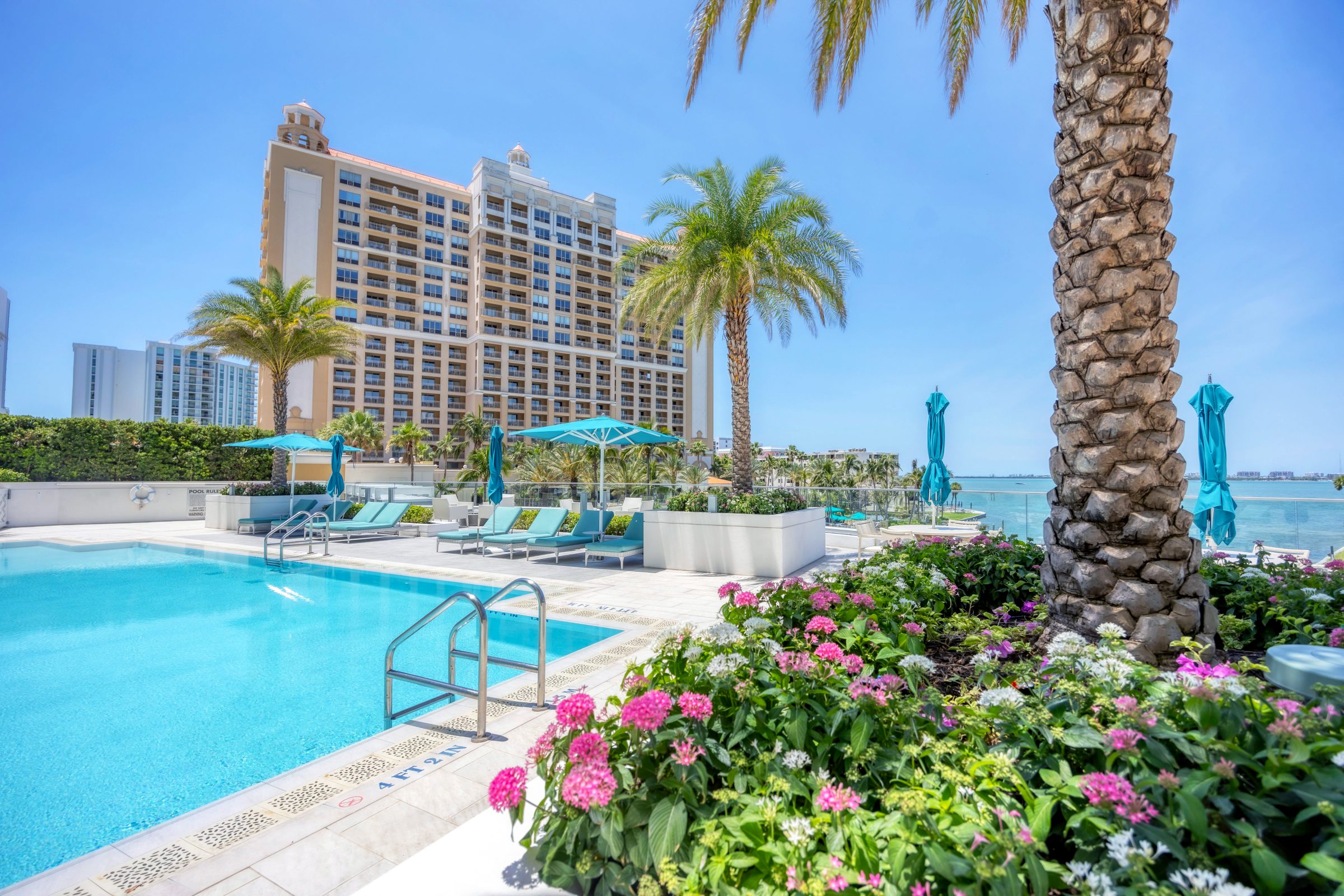
A landscape project timeline varies significantly based on project scope, site conditions, and seasonal factors, but most residential projects complete within six to eight weeks from initial meeting to final installation. Understanding timeline components helps you plan appropriately and set realistic expectations.
Your initial consultation and site visit typically occurs within one week of your first contact. This meeting establishes project scope, discusses your vision, and allows the design team to evaluate site conditions. Prompt scheduling demonstrates professionalism and keeps your project moving forward efficiently.
Timeline Breakdown for Typical Projects
Week 1: Initial Consultation & Site Assessment
Meeting with design team, site evaluation, and preliminary scope discussion. This phase establishes project parameters and begins the design process.
Weeks 2-4: Design Development & Revision
Design development requires two to three weeks for most projects, including time for revisions and client feedback. Complex designs or extensive revision requests may extend this timeline. However, thorough design development prevents costly changes during construction and ensures you’re completely satisfied before work begins.
Week 5: Scheduling & Final Preparation
Scheduling and permitting add variable time to your landscape project timeline depending on local requirements and contractor availability. Projects requiring permits may need additional weeks for approval.
Weeks 6-8: Construction & Installation
Once construction begins, most landscape projects progress rapidly with continuous work schedules. Irrigation installation typically requires one week, while lighting and landscape construction complete within two weeks. Projects that proceed without weather delays or change orders maintain the most predictable timelines.
Factors That Accelerate Timelines:
- Clear site access for equipment and materials
- Stable weather conditions during construction
- Minimal change orders or design modifications
- Available material inventory and delivery schedules
- Experienced crew availability and scheduling
Common Timeline Extensions:
- Permit requirements and approval processes
- Utility location and coordination delays
- Weather-related construction delays
- Material availability or custom fabrication needs
- Client-requested changes or additions during construction
For projects involving new construction homes, coordination with other trades may extend your landscape project timeline. Established properties with clear access and stable site conditions allow for more efficient construction scheduling and faster project completion.
Projects that can proceed continuously without interruption complete most efficiently. Weather conditions, permit requirements, material availability, and change orders all influence your final landscape project timeline. Working with experienced contractors who anticipate these variables and communicate proactively helps minimize delays and keeps your project on schedule.
What Should You Know About Lighting Planning?
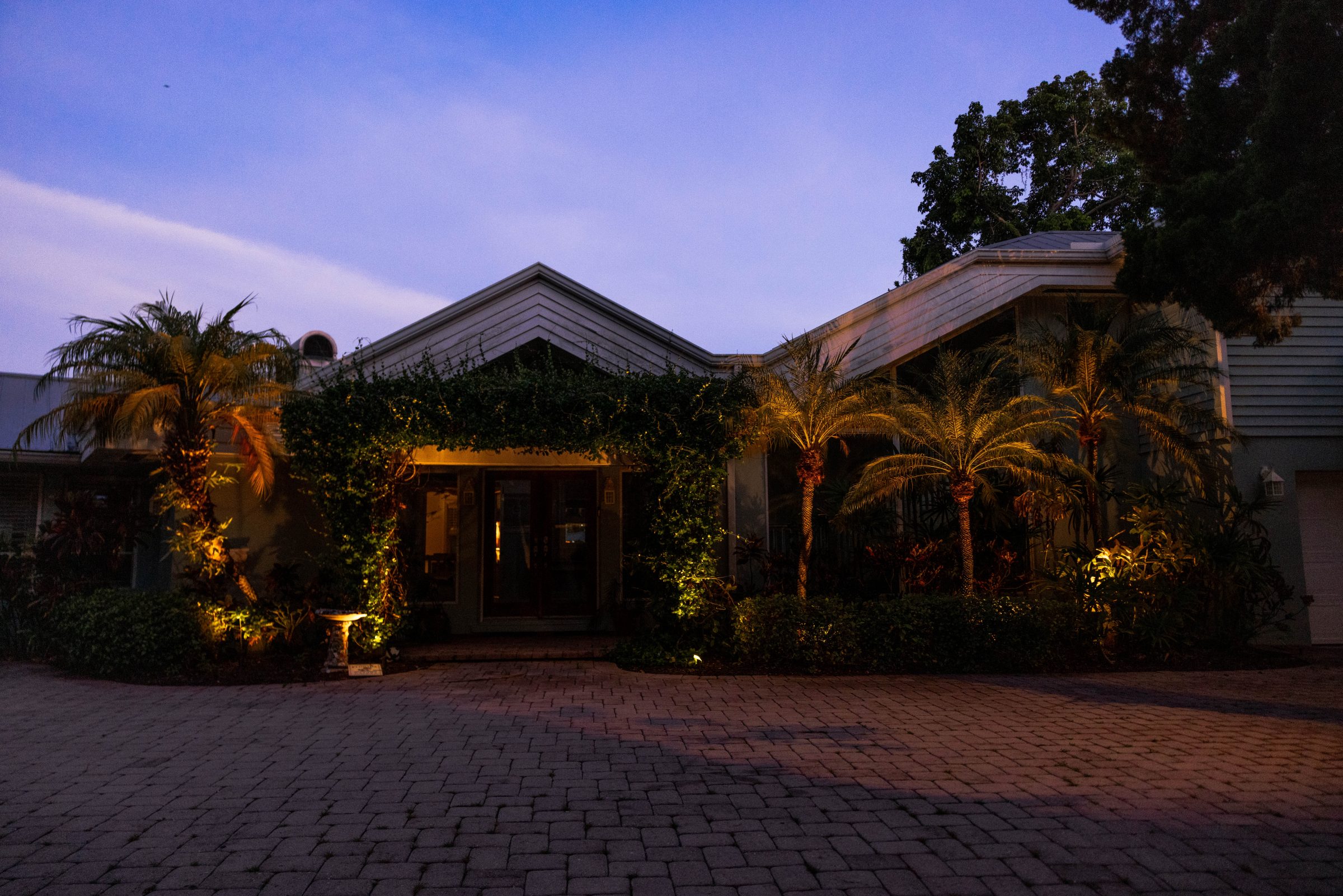
Lighting planning transforms your landscape from a daytime-only space into an evening showcase while providing safety, security, and extended usability after dark. Proper lighting design requires careful consideration of fixture placement, power requirements, and maintenance accessibility.
Your lighting plan should complement your landscape design rather than compete with it. Subtle accent lighting highlights key features like specimen trees, architectural elements, or water features. Path lighting provides safe navigation while maintaining the peaceful ambiance of your outdoor space.
Essential Lighting Techniques & Applications
Uplighting for Drama & Impact
Uplighting dramatizes trees and architectural features by casting light upward from ground level. This technique creates striking shadow patterns and emphasizes vertical elements in your landscape design.
Downlighting for Natural Effects
Downlighting creates gentle, moonlit effects by positioning fixtures in trees or elevated locations. This approach provides general illumination while maintaining natural lighting patterns.
Path & Safety Lighting
Strategic placement of low-level fixtures ensures safe navigation along walkways and steps. These fixtures should provide adequate illumination without creating glare or light pollution.
Accent & Feature Lighting
Grazing techniques emphasize textural surfaces like stone walls or decorative screens. Water features benefit from submersible fixtures that create magical reflections and movement.
Power requirements and electrical infrastructure must be planned early in your project. Transformer capacity, wire sizing, and circuit planning affect both installation costs and long-term performance. Professional electrical work ensures code compliance and safety. Modern LED technology offers significant advantages for landscape lighting including energy efficiency, long lamp life, and superior light quality. Color temperature selection influences the mood and appearance of illuminated features. Warm white tones complement most residential landscapes, while cooler temperatures suit contemporary designs.
Professional lighting installation ensures proper electrical connections, appropriate fixture placement, and code compliance. Experienced installers understand voltage drop calculations, wire burial depths, and connection methods that prevent failures and safety hazards.
How Can Irrigation Planning Be Made Simple?
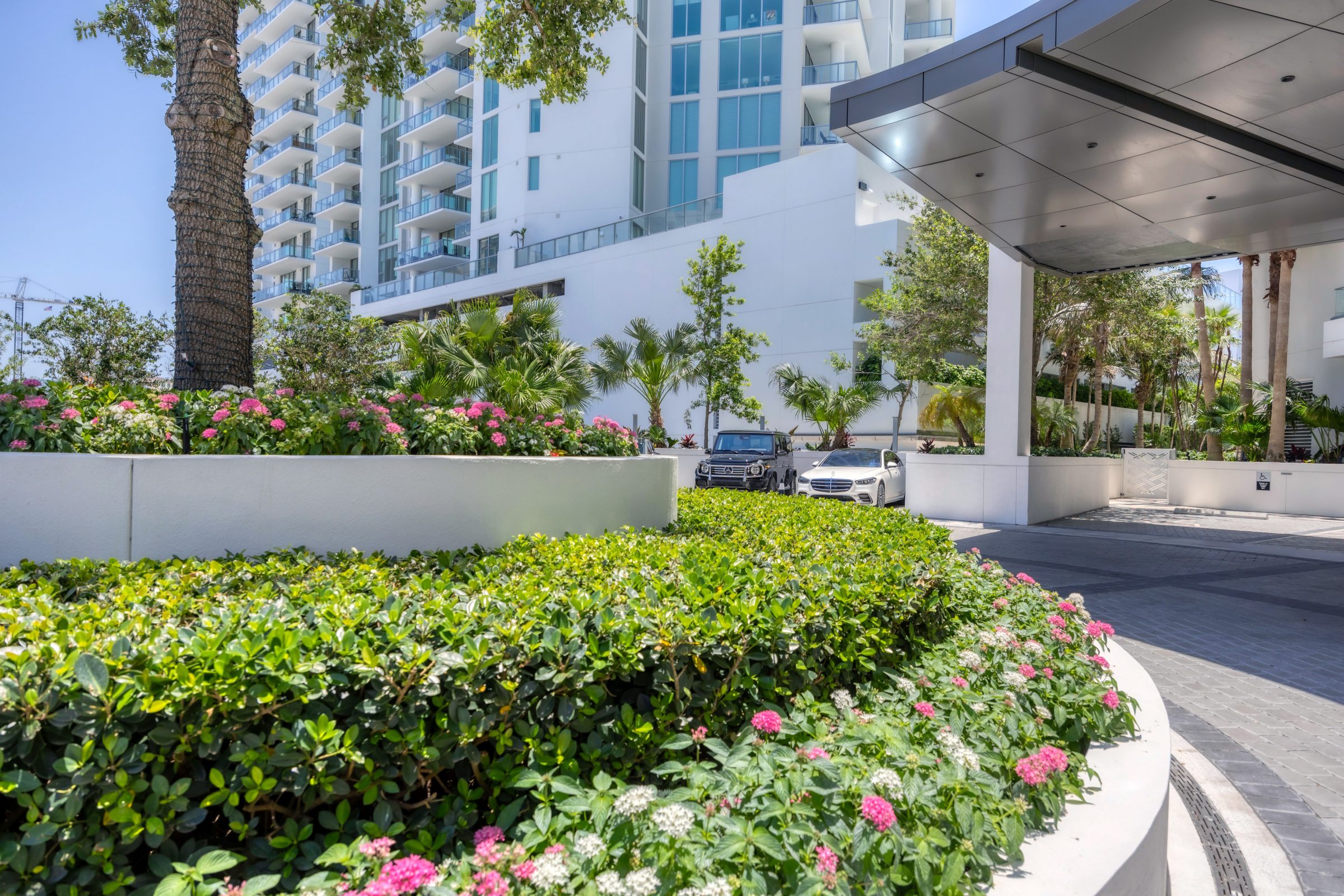
Irrigation planning ensures your landscape investment receives adequate water for healthy establishment and long-term vitality while maximizing efficiency and minimizing waste. Proper system design accounts for plant water needs, soil conditions, sun exposure, and local water restrictions.
Your irrigation plan should create hydrozones that group plants with similar water requirements together. Drought-tolerant plants receive less frequent, deeper watering, while thirsty annuals need more frequent attention. This approach conserves water while maintaining plant health across diverse landscape areas.
System Components & Their Functions
Drip Irrigation for Efficient Delivery: Drip irrigation works efficiently for shrub beds and tree areas by delivering water directly to root zones. This method minimizes evaporation and ensures precise water placement where plants need it most.
Spray Heads for Smaller Areas: Spray heads suit smaller turf areas and dense plantings where uniform coverage is needed. These fixtures provide flexible coverage patterns and relatively easy maintenance access.
Rotor Heads for Large Spaces: Rotor heads cover large lawn spaces effectively with rotating streams that penetrate soil and resist wind drift. These fixtures offer excellent efficiency for extensive turf areas.
Smart Controls for Automation: Controller programming allows flexible scheduling that adapts to seasonal changes and weather conditions. Smart controllers with weather sensing capabilities automatically adjust watering schedules based on local conditions.
System components must match your landscape’s specific requirements and local climate conditions. Water pressure and flow rate determine system capacity and component selection. Professional designers calculate these factors to ensure uniform coverage across all irrigation zones. Inadequate pressure creates dry spots, while excessive pressure wastes water and damages plants.
Modern irrigation planning incorporates water-saving technologies and techniques that reduce consumption without compromising plant health. Soil moisture sensors prevent unnecessary watering, while high-efficiency nozzles reduce evaporation and wind drift. Native and adapted plant selections further reduce irrigation requirements.
How Does Artificial Turf Work Into Your Landscape?
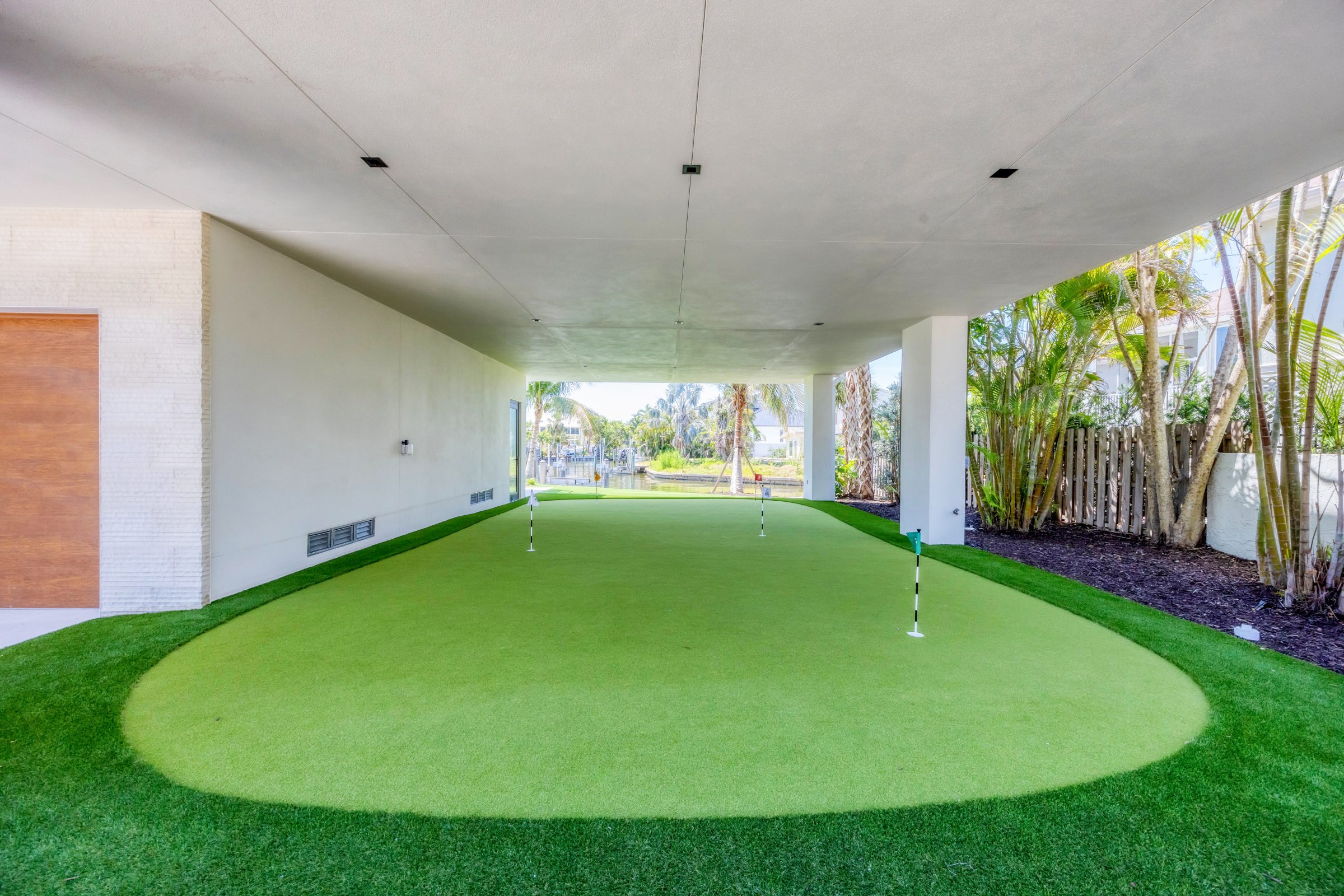
Artificial turf provides a low-maintenance alternative to natural grass while maintaining the visual appeal of traditional lawns. Modern synthetic turf products offer realistic appearance, durability, and versatility that make them suitable for various landscape applications.
Your artificial turf installation requires proper base preparation to ensure drainage, stability, and longevity. Professional installation includes excavation, base material placement, compaction, and precise turf fitting. These steps prevent settling, drainage problems, and premature wear that compromise performance.
Here’s how artificial turfs are installed:
- Proper excavation removes existing materials and creates stable foundation conditions. Base materials must be selected and compacted to specific standards for optimal drainage and stability.
- Drainage considerations become critical for artificial turf success, particularly in areas receiving heavy rainfall or irrigation overspray. Proper base construction and drainage systems prevent water accumulation that creates odors, bacterial growth, or surface instability.
- Integration with existing landscape elements requires careful planning and skilled installation. Edges must blend seamlessly with planting beds, hardscape features, and natural lawn areas. Professional installers create clean transitions that maintain the illusion of natural grass throughout your landscape.
- Quality installation includes proper infill materials that support fiber structure and provide realistic surface characteristics. Different infill types offer varying performance benefits for specific applications.
Artificial turf works particularly well in areas where natural grass struggles, but heat retention in direct sunlight can limit use during hot weather. Design considerations should account for these factors when specifying artificial turf areas.
Cost & Value Considerations:
- Higher initial investment compared to natural grass installation
- Significant long-term savings through reduced water and maintenance costs
- Consistent appearance without seasonal variation or weather damage
- Increased property usability during extreme weather conditions
- Professional installation warranty protection for optimal performance
While artificial turf requires higher initial investment than natural grass, reduced maintenance, water savings, and longevity can provide long-term value. Professional installation ensures optimal performance and warranty coverage that protects your investment over time.
What Quality Checks & Walkthroughs Should You Expect?
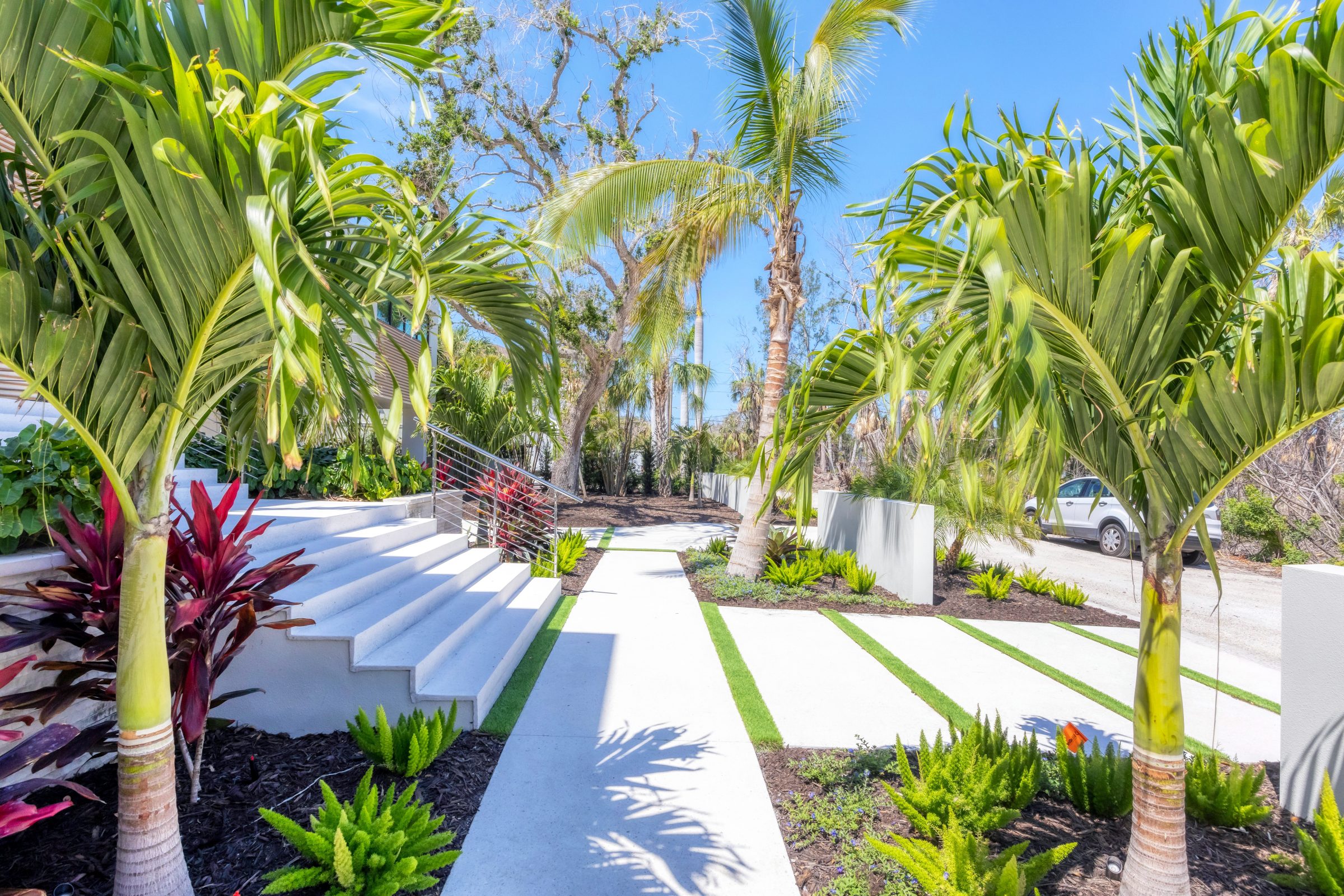
Quality checks and walkthroughs ensure your landscape project meets professional standards and your satisfaction before final acceptance. These systematic reviews identify and address issues while work crews and materials are readily available for corrections.
Your contractor should conduct internal quality reviews at each construction phase completion. These inspections verify workmanship, material installation, and compliance with approved plans before proceeding to subsequent phases. Internal quality control prevents problems from compounding and reduces the need for later corrections.
Progressive Quality Review Process
- Each major construction phase concludes with internal quality review before proceeding to subsequent work. This systematic approach catches issues early when corrections remain cost-effective and logistically simple.
- Client walkthroughs occur at key project milestones, allowing you to review progress and provide feedback before work continues. These collaborative inspections ensure your vision is being realized correctly and address any concerns while adjustments remain feasible.
- System testing occurs during final walkthrough to verify proper operation of irrigation, lighting, and drainage components. Controllers are programmed, zones are tested, and any adjustments are made to ensure optimal performance.
- Final walkthrough represents your opportunity to identify any remaining items before project completion. This comprehensive review covers all project elements including hardscape installation, plant material quality, system operation, and site cleanup.
Quality Inspection Checklist
- Hardscape alignment – Consistent joints, proper slopes, and clean edges
- Plant material condition – Healthy specimens properly installed and established
- System functionality – All irrigation, lighting, and drainage systems operating correctly
- Site cleanliness – Construction debris removed and surfaces cleaned
- Detail completion – All specified elements installed according to approved plans
- Safety compliance – Electrical work, structural elements, and access routes meet code requirements
A professional punch list documents any identified issues and establishes completion timelines. Documentation provided at project completion includes warranties, maintenance schedules, plant care instructions, and system operation guides. This information package helps you protect your investment and maintain optimal performance throughout the establishment period and beyond.
Professional contractors provide post-installation support to address any issues that emerge during the plant establishment period. This support may include plant replacement guarantees, system adjustments, or maintenance guidance to ensure long-term success of your landscape investment.
Reputable contractors stand behind their workmanship with comprehensive warranties and responsive customer service. Clear documentation of work performed, materials used, and system specifications provides accountability and facilitates any future service needs.
How Do You Maintain Your Landscape Results Year-Round?
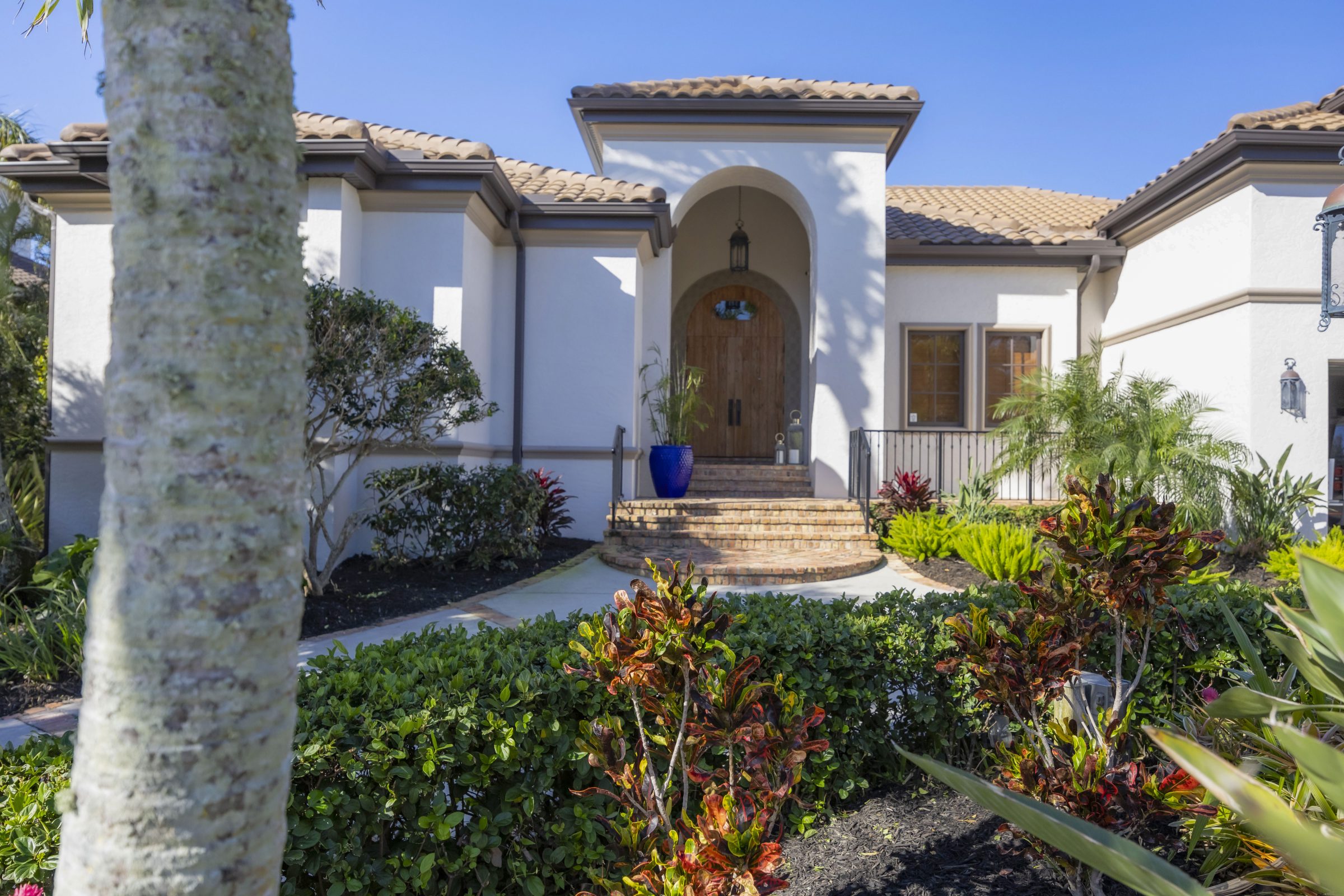
Maintaining your landscape results requires a systematic approach that addresses seasonal plant needs, system maintenance, and long-term care planning. Professional maintenance programs ensure your investment continues performing beautifully while preventing costly problems from developing.
Program Options & Core Services
- Entry-Level (Silver / Garden Program) – This baseline program is ideal for clients who want a standard level of maintenance at a budget-friendly rate. Services include:
- Mowing: 42 visits per year, with eight additional off-week visits for blow-down and general cleanup.
- Trimming: Occurs approximately every six weeks (8 times per year).
- Weed Control: Provided monthly (12 times per year).
- Leaf Removal: Not included; clients may see leaves remain on site.
- Irrigation Inspection: Monthly checks are performed to ensure system functionality.
- Note: This package accepts some visible weeds and more natural plant growth during peak seasons.
- Mid-Level (Gold / Oasis Program) – Designed for clients who want a worry-free service and a consistently polished appearance. Features include:
- Mowing: 42 visits per year with periodic blow-down visits.
- Trimming: Every three weeks (16 times per year).
- Weed Control: Every two weeks (24 times per year).
- Leaf Removal: Three dedicated removal events, typically in late winter or early spring.
- Irrigation Inspection: Monthly checks plus periodic system adjustments.
- IPM/Agronomy: Customized pest and nutrient management programs can be added to support plant health.
- Note: This program strikes a balance between affordability and comprehensive care, making it popular for both commercial and residential clients.
- Premium (Platinum / Paradise Program) – Suited for clients seeking a meticulous, high-end finish. Highlights include:
- Mowing: 42 visits per year, supplemented with off-week blow-downs and rotational services.
- Trimming: Every two weeks (24 times per year).
- Weed Control: Weekly service (around 50 times per year).
- Leaf Removal: Ongoing weekly collection, ensuring no accumulation.
- Irrigation Inspection: Monthly inspections accompanied by thorough system evaluations and adjustments.
- IPM/Agronomy: Advanced pest and nutrient management to sustain peak aesthetics.
- Note: Perfect for those who expect premium results and “Disney-level” quality year-round.
Building a Year-Round Care Strategy
Across all programs, core maintenance tasks are adapted to the seasons:
- Early Season: Pruning and shaping damaged plants, fertilization to support growth, and restarting irrigation systems.
- Late Season: Monitoring irrigation schedules, managing pests, and grooming flowering plants to keep them vibrant.
Customization & Long-Term Care
You have the flexibility to select from Silver/Garden, Gold/Oasis, or Platinum/Paradise programs, or customize elements from each to create a package tailored to your property’s unique needs. This ensures your landscape not only looks its best throughout the year but also receives the right level of care to stay healthy and robust over time.
Commercial Property Considerations:
- Higher traffic areas requiring more frequent attention and rapid response
- Large-scale maintenance techniques for efficiency and cost control
- Specialized equipment and crew scheduling for minimal disruption
- Flexible service timing to accommodate business operations and special events
Our different service tiers accommodate varying property types and maintenance requirements. Commercial properties often require specialized maintenance approaches that address different challenges than residential landscapes. Professional commercial programs understand these unique requirements and adapt service delivery accordingly.
Modern maintenance companies utilize technology for scheduling, communication, and quality control. GPS tracking ensures consistent service delivery, while photo documentation provides accountability. Digital communication keeps you informed about maintenance activities and any issues requiring attention.
Maintenance programs can be customized to emphasize specific aspects of your landscape care. Some properties prioritize pristine appearance, while others focus on plant health and sustainability. Frequency adjustments accommodate budget constraints while maintaining acceptable appearance standards.
Your Next Steps to Professional Landscape Success
At Arbor Landscapes, we understand the landscape design process because we’ve perfected it through years of delivering exceptional results for discerning clients throughout our community. Our systematic approach ensures your project stays on schedule, within budget, and exceeds your expectations from initial consultation through long-term maintenance.
You get clear timelines that are established at project kickoff and tracked weekly throughout construction. Our detailed scheduling process accounts for weather variables, permit requirements, and material deliveries to maintain predictable progress. When you choose Arbor Landscapes, delays and surprises become the exception rather than the rule.
Communication remains consistent and professional throughout your project with regular updates, documented scope changes, and prompt responses to your questions. You’re never left wondering about progress or next steps because our team maintains proactive contact throughout the landscape design process.
What Sets Arbor Landscapes Apart:
- Dedicated account management – Single point of contact for seamless project coordination
- Community focus – Three generations of honest, quality workmanship in our area
- Quality follow-through – Comprehensive support from project completion into ongoing maintenance
- Old-school values – Doing things right the first time without shortcuts or compromises
Your dedicated account manager coordinates all aspects of your project, from initial design through construction completion and ongoing maintenance. This single point of contact eliminates confusion, ensures continuity, and provides accountability that you can count on. Our experienced professionals stand behind their work with the expertise that comes from years of successful project completion.
Our commitment to quality extends beyond project completion with thorough follow-through during closeout and transition to maintenance services. We don’t disappear after installation; instead, we ensure your landscape investment performs as promised while providing ongoing support for long-term success.
Community relationships matter to us because we’ve built our reputation on honesty, quality workmanship, and treating every project like it’s our own property. Our old-school approach to doing things right the first time means no shortcuts or compromises that come back to haunt you later.
Your landscape project deserves the professional attention that transforms your vision into lasting reality. Request a consultation today to experience the Arbor Landscapes difference and begin your journey toward the outdoor space you’ve always envisioned.
Summary
This comprehensive guide reveals the proven landscape design process that transforms outdoor visions into beautiful, functional realities. From initial site analysis through seasonal maintenance planning, each step builds upon the previous to ensure project success. Professional contractors who emphasize clear communication, timeline management, and quality follow-through deliver the predictable results that high-end properties deserve. Understanding landscape design steps, construction phases, and maintenance requirements empowers you to make informed decisions and achieve lasting landscape success.
Tags:
